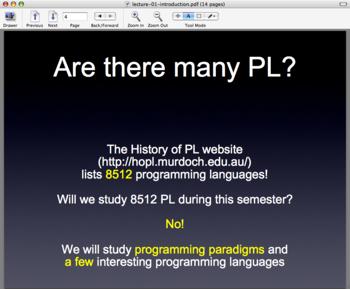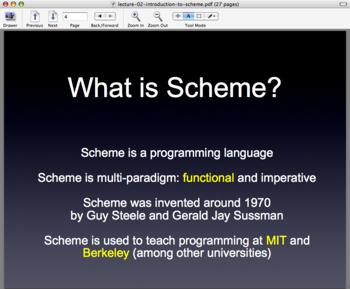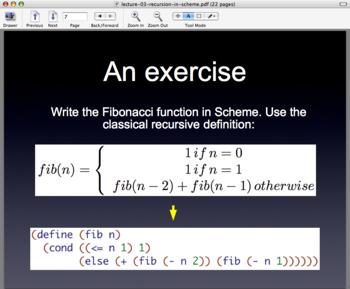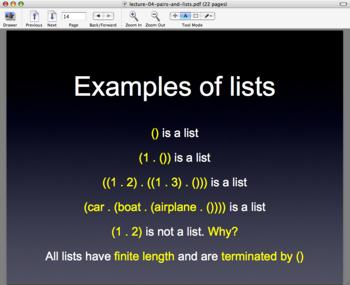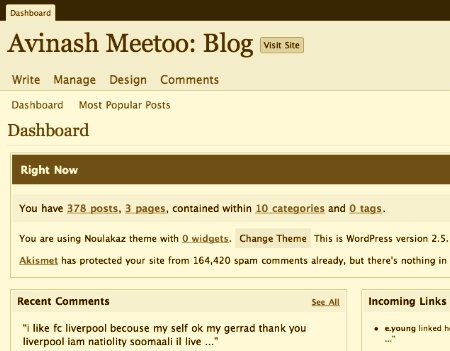
The latest version 2.5 of WordPress was released yesterday and I’ve just upgraded Noulakaz.net.
I use a number of plugins and I had a small issue with one of them, Alex King’s Popularity Contest, which kept generating fatal errors when activated. Fortunately, I came across a simple one-line fix. This is where open source software really shines compared to its proprietary cousins…
Dear readers, please spend a few minutes testing the weblog and don’t hesitate to contact me if you notice any issue. Thanks.


